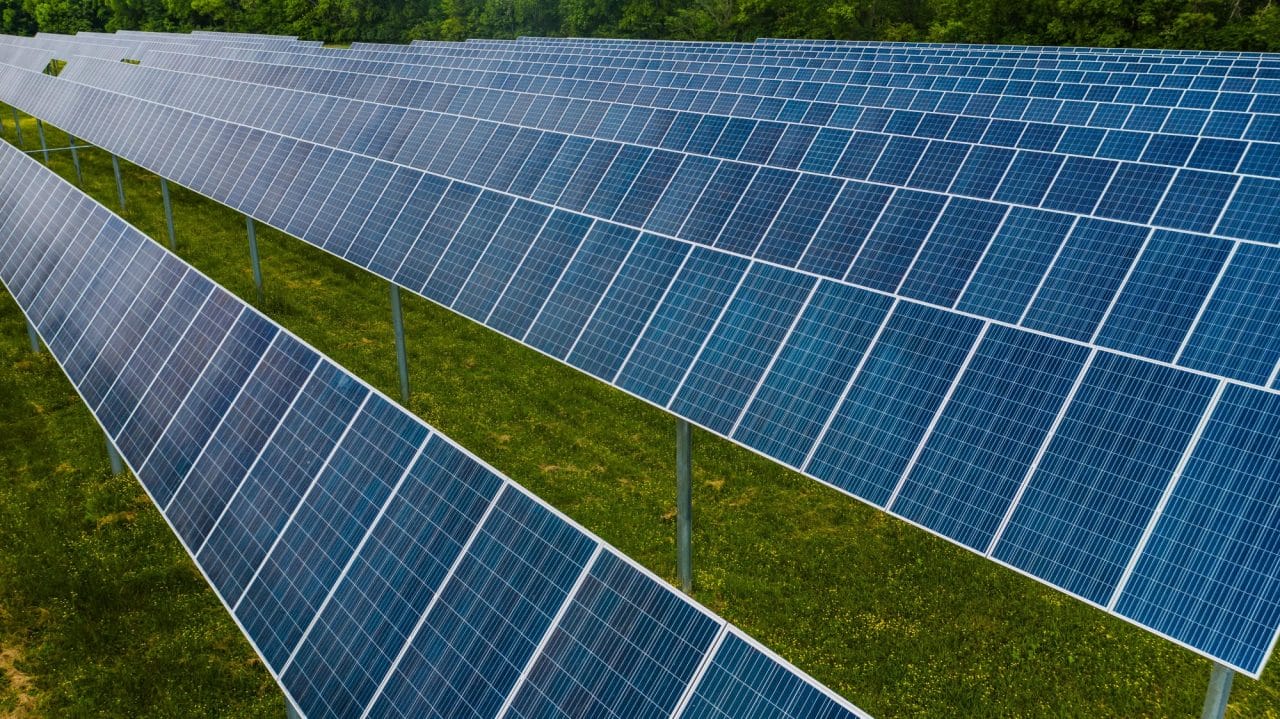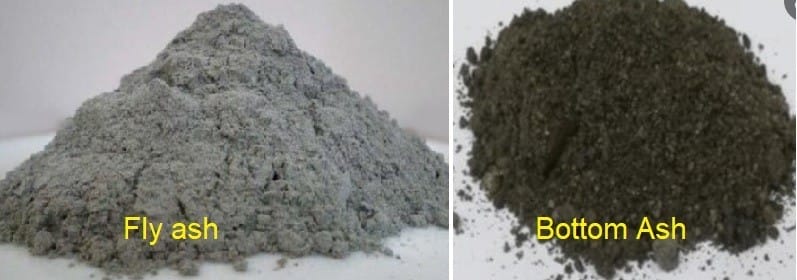The construction industry, often criticised for its environmental footprint, is undergoing a transformative journey towards sustainability. However, amidst these challenges, researchers have been tirelessly working to identify innovative solutions and practices to promote sustainability within the industry.
In a recent exclusive interview with BusinessToday, Assoc. Prof. Sudharshan N. Raman (pic), an Associate Professor in the Civil Engineering Discipline of the School of Engineering at Monash University Malaysia shed light on innovative approaches to tackle environmental challenges while enhancing the industry’s efficiency and cost-effectiveness.
Professor Sudharshan highlighted the significant strides being made in the adoption of sustainable materials, with a particular focus on bio-based polyurethane (PU) coatings synthesised from palm kernel oil.
This material has shown promise in providing enhanced protection to concrete structures against extreme dynamic loadings such as impact and blast events.
Moreover, PU coatings indirectly contribute to the circular economy by extending the lifespan of structures, thus reducing the frequency of replacements and supporting rehabilitation efforts.
Furthermore, Professor Sudharshan shed light on the diverse applications of PU coatings in construction, ranging from adhesive and sealants to insulation materials.
These coatings offer numerous benefits, including flexibility, durability, and sustainability, making them a preferred choice for various construction applications.
Diverse Applications and Benefits of Polyurethane (PU) Coating in Construction
According to Professor Sudharshan, Polyurethane (PU) coating finds extensive use in the construction industry across various applications due to its versatile properties. It serves as an adhesive and sealant, effectively sealing cracks and bonding different materials like concrete and timber.
Additionally, PU is favored for coatings and waterproofing applications due to its resistance against moisture, chemicals, and weathering.
It’s also widely employed as insulation material, particularly in rigid foam boards and spray foam insulation, and in furnishing applications such as faux leather upholstery and cushioning.
The advantages of using PU in construction are manifold. Its elastomeric nature allows for high elongation capacity, making it ideal for protecting structures from extreme loading events like blasts or impacts.
PU’s properties can be tailored to specific requirements by modifying its chemical composition, and it can be applied easily without vacating the entire building.
Furthermore, being derived from bio-based products, PU is sustainable and reproducible. It enhances structural protection and durability against environmental degradation.
His research indicates that PU is effective in protecting concrete, steel, and aluminum structures against various types of extreme loading, including impacts, ballistics, and blasts.
Beyond construction, PU can safeguard transportation and water infrastructure from accidents and explosions. Collaborative efforts are also exploring its potential applications in defense and military sectors.
Rethinking the Construction Industry’s Environmental Legacy
The question of whether the construction industry is solely associated with negative environmental impacts is nuanced.
“It’s a Yes and No to this question. I would not agree with that, especially considering the outstanding services that the construction industry has contributed to support all other industries.
No industry can claim that they have progressed and advanced without the support of the construction industry,” he said.
While it’s undeniable that construction activities have contributed to environmental degradation, it’s equally important to acknowledge the industry’s indispensable role in societal progress and development. The construction sector is the backbone of infrastructure development, supporting essential services and facilitating economic growth.
Without it, modern society as we know it would not exist. However, this doesn’t absolve the industry of its environmental responsibilities.
Construction activities, from material extraction to building operations, can result in habitat destruction, resource depletion, and pollution if not managed sustainably.
“And Yes, the construction industry does contribute to some negative environmental impacts, but that is mainly due to the enormous volume of construction activities that is taking place and due to the impact that the industry has on our daily life.
A lot has been done to address this issue, a lot more can be done. Researchers like I are working hard to reduce and minimise the effects of construction industry on the environment and earth,” Professor Sudharshan further added.
Key Strategies Towards Sustainable Construction:
Here are some essential strategies derived from Professor Sudharshan’s research aimed at promoting sustainability in the construction industry:
- Local Sourcing and Production: Embrace materials sourced and produced locally to minimise emissions from transportation and reduce costs.
- Prioritising Low Carbon Footprint Materials: Focus on materials with lower environmental impacts to decrease emissions throughout their lifecycle.
- Recycling and Upcycling: Utilise recycled and upcycled waste materials to support circular construction practices, such as using supplementary cementitious materials and recycled aggregates.
- Innovative Design and Construction Techniques: Adopt advanced materials and construction methods to minimise waste, increase efficiency, and enhance productivity.
- Prefabrication and Modular Construction: Implement prefabricated and modular techniques to reduce material waste and enable reuse or repurposing of elements, contributing to a sustainable building lifecycle.
- End-of-Life Considerations: Develop products, materials, and processes with end-of-life considerations, promoting disassembly and recycling.
- Lifecycle Analysis: Incorporate life cycle analysis during planning and design to evaluate the environmental impact of construction materials comprehensively.
Government Contribution to Promote Sustainability in Construction Industry
When asked about strategies to ensure the sustainability of the construction industry, he said, “I believe it is important to focus on the most effective and essential strategies, which are: (i) Providing incentives and credits; (ii) Regulations and industry standards; (iii) Education, training, research and development; (iv) Investments; and (v) Engagement and collaboration with Stakeholders.”
He believed these strategies play a crucial role in promoting the adoption of sustainable construction solutions and driving positive change within the industry.
Regarding the construction industry’s environmental impact, he provided a nuanced perspective, acknowledging both the industry’s contributions and its challenges. While the construction industry plays a vital role in supporting economic growth and development, it also generates negative environmental impacts due to the sheer volume of construction activities.
However, he emphasised the importance of ongoing research and innovation to mitigate these impacts and promote sustainability.
Coal Ash Bottom (CBA) and Fly Ash (FA)
According to Sua-Iam and Makul (2015), CBA, or coal bottom ash, is a leftover material from burning coal in power plants. It’s collected at the bottom of the furnace and consists of coarse, porous, grayish particles.
About 20% of the leftover material from coal burning is CBA, while the rest is another byproduct called fly ash (FA). CBA looks similar to natural fine aggregate, with particles ranging from gravel to fine sand, but it’s coarser, more brittle, and often used as a replacement for natural sand in construction projects.
“Fly ash has been used widely as a supplementary cementitious material in concrete. It has also found promising applications in cement production, soil amelioration, and ceramic industry.
The use of supplementary cementitious materials as substitutes to cement, in the process of producing different variants of cement, will enable the reduction in the reliance of natural resources to produce clinker in cement production. This will in the long run will make the cement more sustainable.
This is the approach that we are adopting in our research to synthesise new cement variants with using coal bottom ash. However, for coal bottom ash to reach the stage of fly ash has achieved at present, more comprehensive research is required,” Professor Sudharshan said.
Repurposing the Controversial CBA
Many countries, both developed and developing, rely on coal-fired power plants for energy, producing by-products like CBA. While FA from these plants has various uses, CBA often ends up in landfills, causing environmental issues.
“A large portion of coal bottom ash are still mainly being disposed of in ash ponds and landfills, where the open disposal poses serious environmental pollution, in addition to occupying a large area of valuable land.
It also leads to environmental concerns, due to the potential leaching of contaminants from coal bottom ash into soil and water. The environmental impact can be minimised and waste can be reduced effectively if there is proper management and utilisation of CBA,” Professor Sudharshan said.
One promising avenue lies in the utilisation of coal bottom ash (CBA), a by-product of coal combustion, as an alternative aggregate and supplementary additive material to cement. Driven by the imperative to reduce waste and minimise environmental impact, researchers at Monash University Malaysia are pioneering efforts to harness CBA’s potential in construction applications.
“Our findings so far have been promising, where we are looking at developing different cement variants to meet the standards set in existing building codes. Research also has to be undertaken to minimise the potential leaching contaminants from coal bottom ash.
If these issues can be managed effectively or minimised, coal bottom ash could be an economical alternative material that can be considered in the construction industry,” he added.
Innovative Eco-Friendly Cement
One key area of focus is the development of novel cement variants with significantly reduced clinker content, incorporating up to 90% industrial by-products. “The uniqueness and novelty of this binder lies in its elimination of alkaline chemical activation process, and the absence of elevated temperature curing,” Professor Sudharshan said.
This innovative binder not only exhibits strength properties comparable to conventional cement but also boasts excellent durability performance. By integrating high-volume supplementary cementitious materials, researchers are advancing resource conservation and reducing the industry’s carbon footprint.
“Moreover, the utilisation of these vast quantities of industrial waste material not only conserves valuable natural resources but also provides a solution for recycling and reusing materials instead of resorting to landfill disposal.
Unregulated disposal of industrial by-products, as that discussed earlier, poses significant environmental pollution risks, threatens valuable land resources, and presents health and safety hazards,” he added.
Sustainable Benefits of CBA as a Cement Substitute
According to Professor Sudharshan, using CBA as a substitute for cement offers several sustainability advantages over traditional cement production.
Unlike cement, which requires the extraction of natural resources like limestone and clay, CBA is an industrial by-product obtained from coal combustion in thermal power plants.
Utilising CBA as a clinker replacement in cement production reduces the need for mining activities, thereby preserving natural resources and minimising environmental degradation associated with quarrying. “The alternative use of coal bottom ash as a clinker replacement in cement production; as an alternative aggregate material in construction; or as a sub-base material in road construction, is an effective approach to circumvent the direct disposal of coal bottom ash in the environment,” he said.
Furthermore, the incorporation of CBA in cement production helps address the challenge of waste disposal by repurposing a material that would otherwise be disposed of in landfills.
By diverting CBA from landfills and integrating it into construction materials, such as concrete or road sub-base, the environmental burden of waste management is reduced.
Additionally, using CBA as a substitute can potentially lower the overall carbon footprint of cement production, as it requires less energy-intensive processing compared to traditional cement manufacturing processes.












